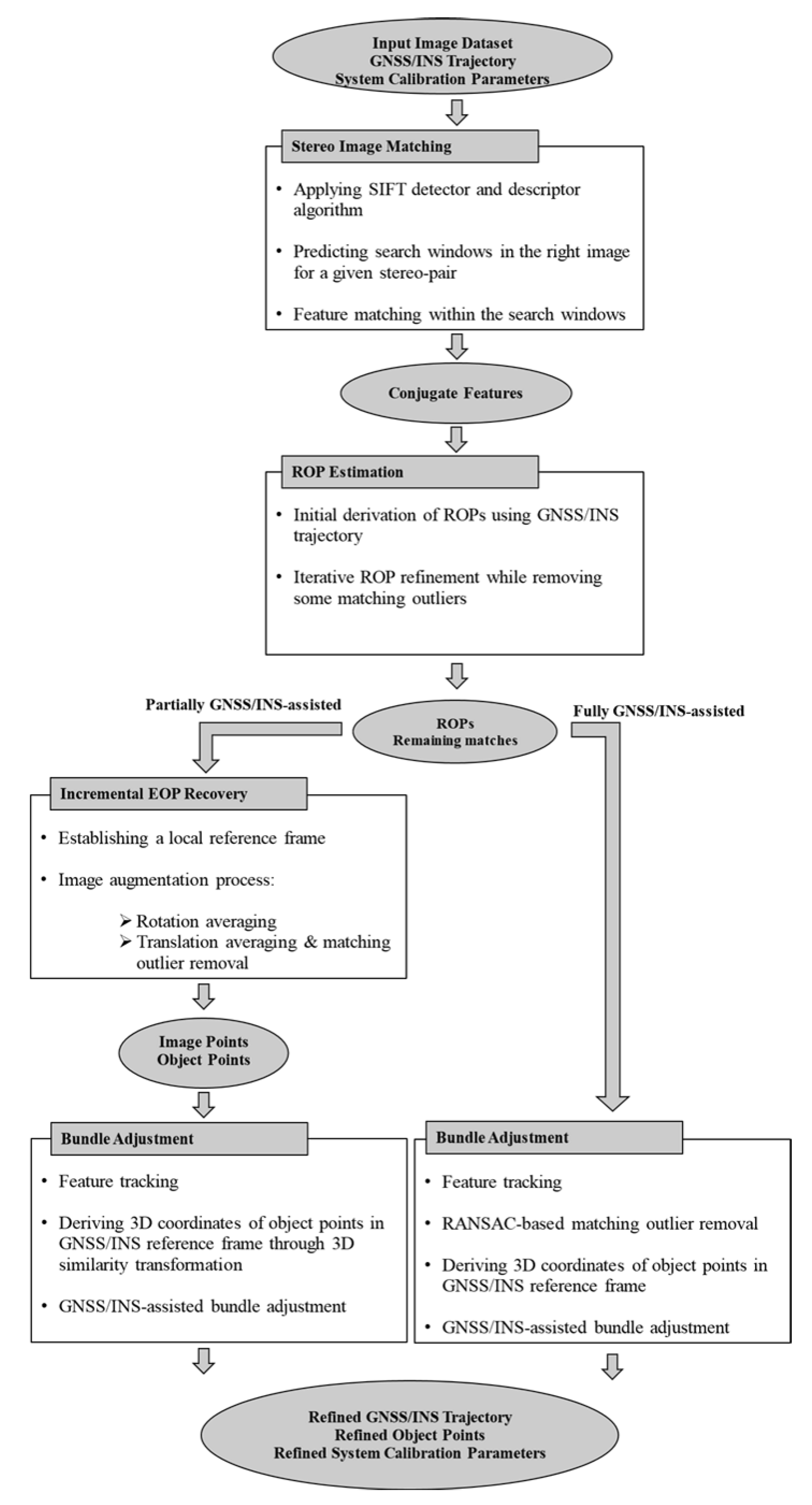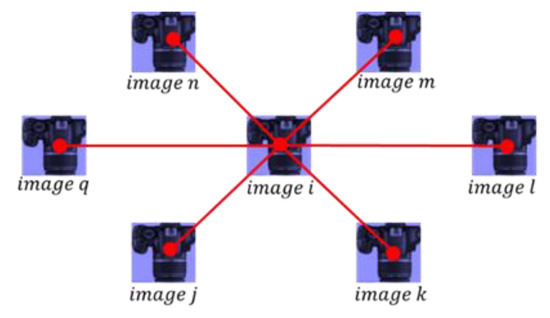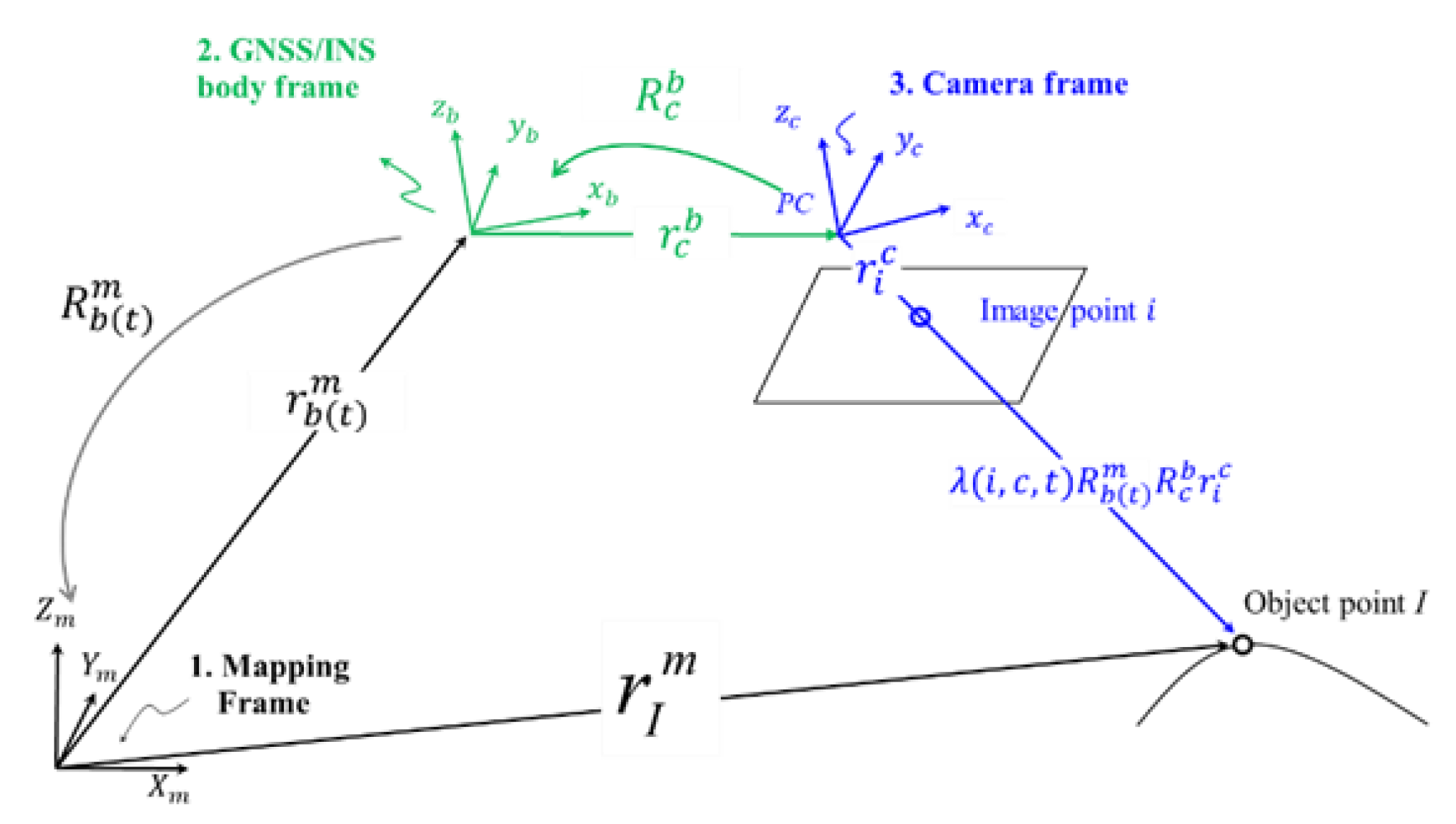
#Dod gig systems engineering oversight process software
Among these were the antenna system that is being designed to support COTM laser communications Next Generation Processor Router (NGPR), specifically software algorithms that will allow Dynamic Bandwidth Resource Allocation (DBRA) and Bandwidth Efficient Modulation (BEM). The Systems Engineering and Integration (SE&I) effort is responsible for integrating Space and TMOS with each other, and with a broad range of external programs including terminal programs, and the other network domains comprising the GIG.Īt program initiation in 2003, the TSAT Program office, in coordination with the Government Accounting Office (GAO), identified seven unclassified Key Technology areas as requiring additional maturation. The terminal segment consists of the terminals that will be designed and procured by each of the armed services, based on the requirements allocations from the TSAT program. TMOS will incorporate Advanced Extremely High Frequency (AEHF) mission planning capabilities as well. The TSAT Mission Operations System (TMOS) is responsible for network and operational management for the TSAT system, effectively managing TSAT interactions with the GIG. The Space Segment is also comprised of the TSAT Satellite Operations Element (TSOE) which includes a primary TSAT satellite operations center (TSOC) for on-orbit satellite control, and the CONUS Ground Gateway Element to receive high rate data transmitted by a TSAT satellite for linking into the Global Information Grid (GIG). The Space Segment will consist of five satellites in geosynchronous orbits interconnected by high data rate laser crosslinks.

The TSAT program is composed of three segments and a systems engineering & integration function.


TSAT delivers these capabilities in a broad integrated information sharing environment thereby enabling interoperability on an unprecedented scale in military communications. These technologies provide the potential for enabling Communications On The Move (COTM) to users with small terminals and allow TSAT to collect information from protected Airborne and Spaceborne Intelligence, Surveillance and Reconnaissance (AISR, SISR) assets to enhance situational awareness. In addition to providing a significant increase in capacity over current satellite systems, specific emphasis is placed on providing new capabilities through the use of technologies such as Internet Protocol (IP), onboard routers and large aperture antennas. On a global scale, TSAT will provide high assurance, automated and dynamic capabilities. The vision of the TCA is to provide a protected, secure internet-like communication system that integrates space, air, ground and sea networks. TSAT will be a major enabler of the Transformational Communications Architecture (TCA). The Transformational Satellite Communications System (TSAT) - a system that is being designed to introduce technologies that will address warfighter needs 10-15 years from now -implemented this back to basics approach and successfully matured key technologies to a level that will ensure success on this vital satellite system. This approach focuses on "mission success" - a key tenet of which is ensuring that technologies are matured to the appropriate levels during the acquisition lifecycle. Ronald Sega, the Air Force developed a "Back to Basics" approach to maximize the probability for success in its space acquisition programs. Under the direction of the Undersecretary of the Air Force, Dr. Los Angeles Air Force Base - The Air Force has faced many challenges over the years in the acquisition of complex space systems.


 0 kommentar(er)
0 kommentar(er)
